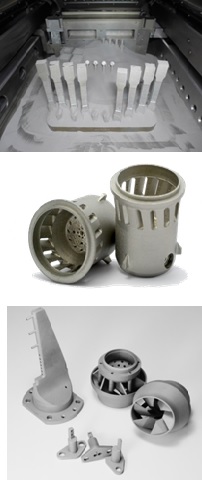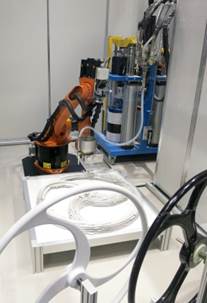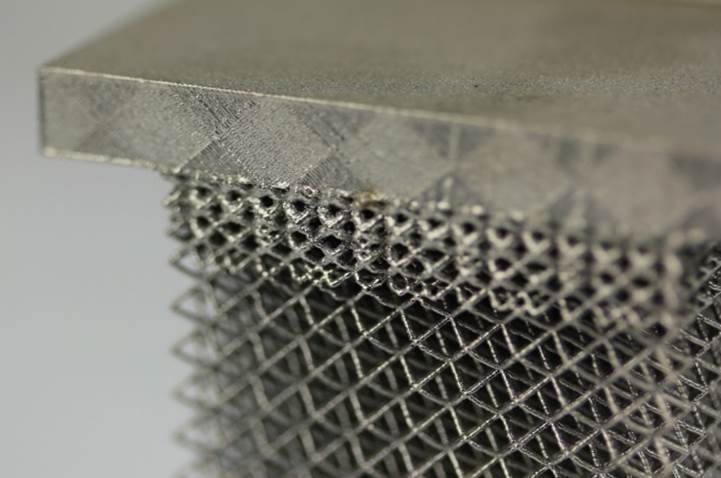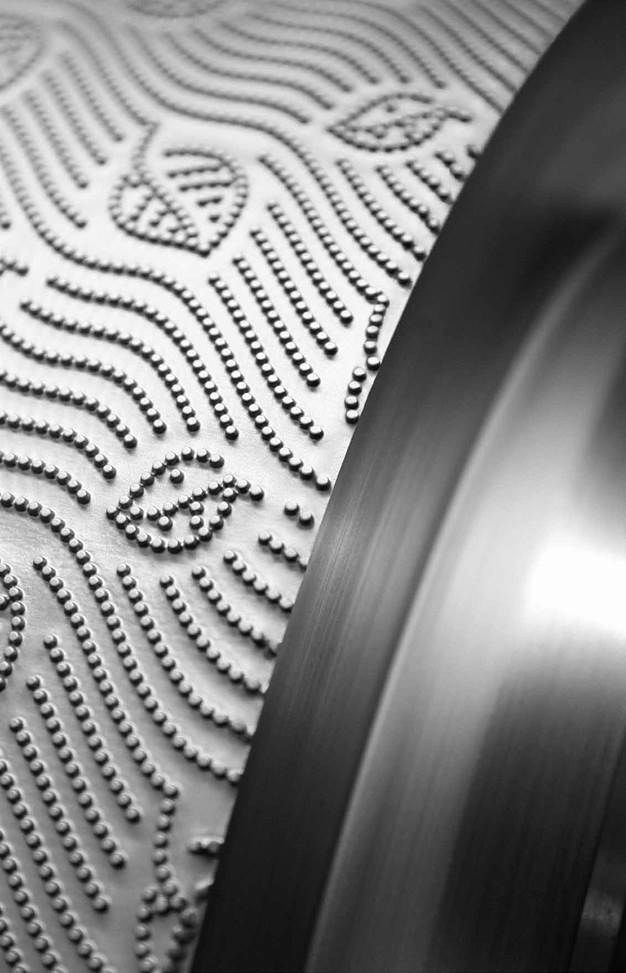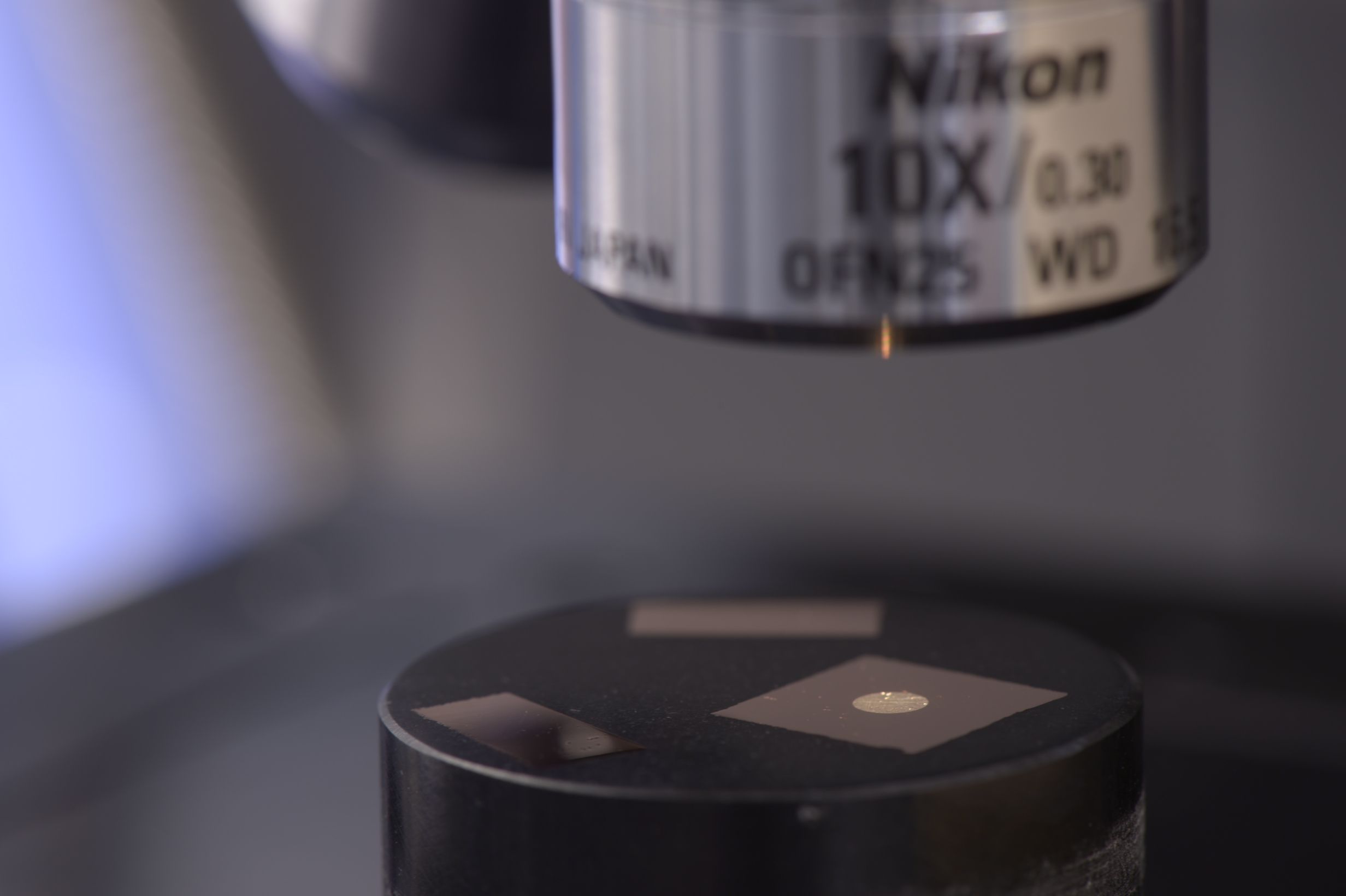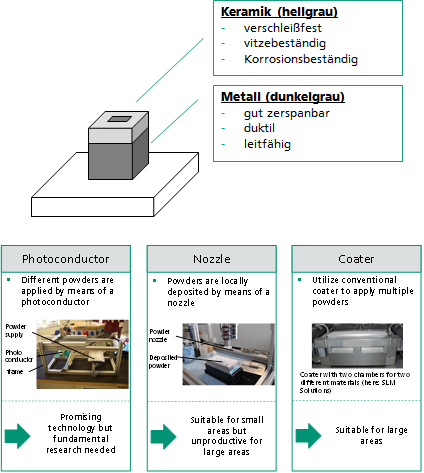Process chain for the production of highly complex turbine parts
Challenges
Integration of additive technologies in the manufacturing of highly stressed producer goods like turbine components.
Focus areas
Identification of the quality-relevant manufacturing conditions
Design for additive manufacturing
Development of strategies for robust production (condition monitoring)
Research of suitable post processing technologies, e.g. shot blasting, flow and slide grinding
Test of manufactured parts in working operation
Objective
Industry-adaptable process chain for the additive manufacturing of highly complex turbine components, e.g. turbine blades and burners made of Inconel 718.
Publication:
E. Uhlmann et al.: Flexible manufacturing with an additive process chain. Design, production and surface finish. In: ASPE 2015 Spring Topical Meeting. Proceedings : April 26-29, 2015,
Link:
http://www.ipk.fraunhofer.de/fileadmin/user_upload/IPK/geschaeftsfelder/ps/fer/LCE_Profex.pdf
Contact:
Fraunhofer IPK, Tobias Neuwald, tobias.neuwald@ipk.fraunhofer.de, +49 30 39006 308
